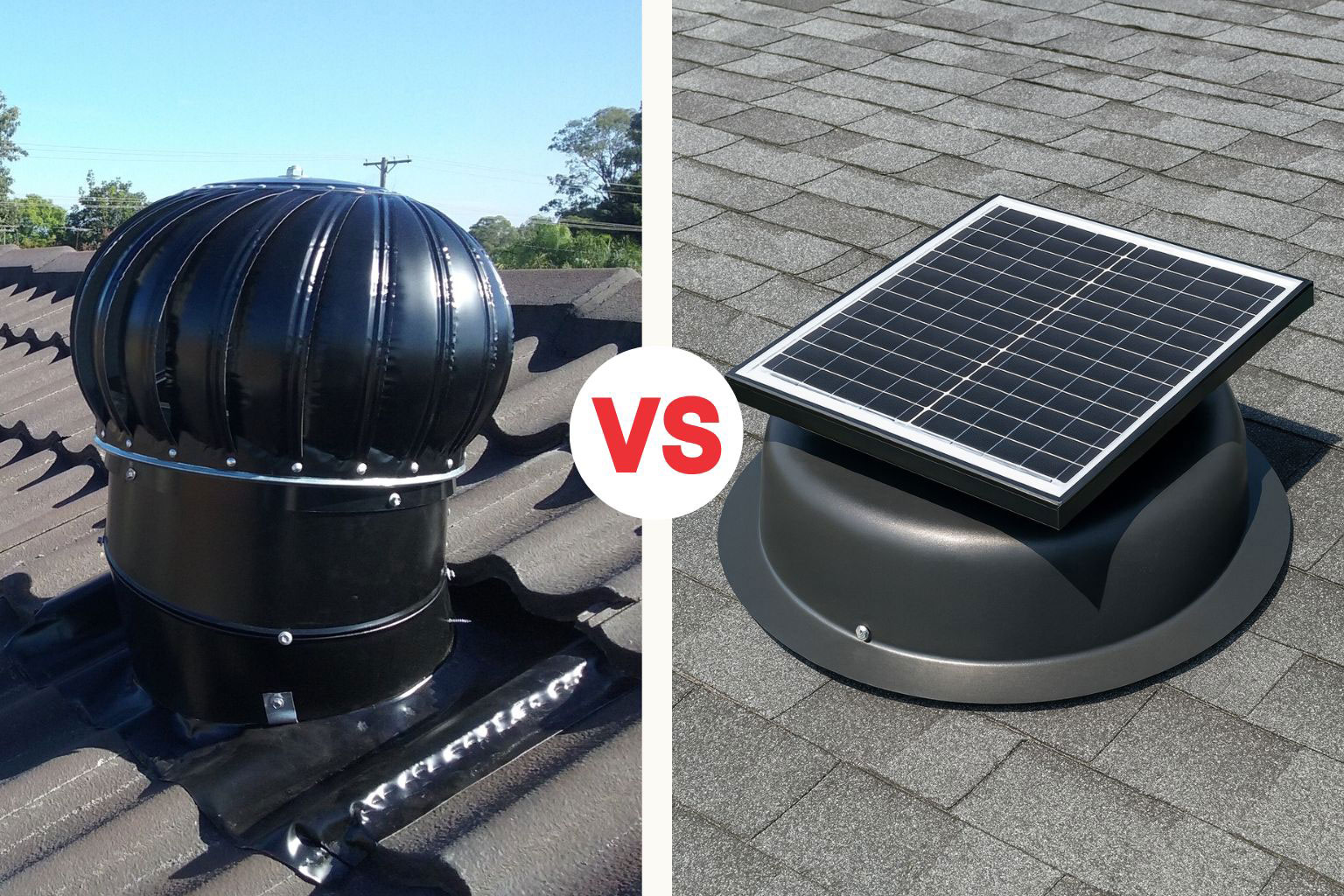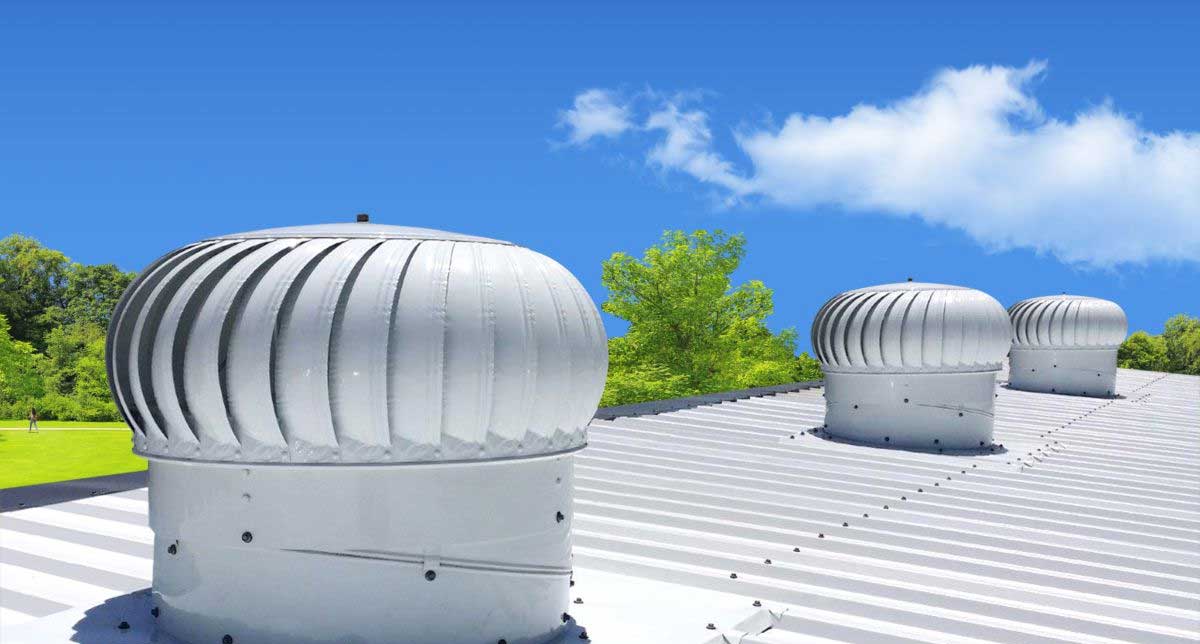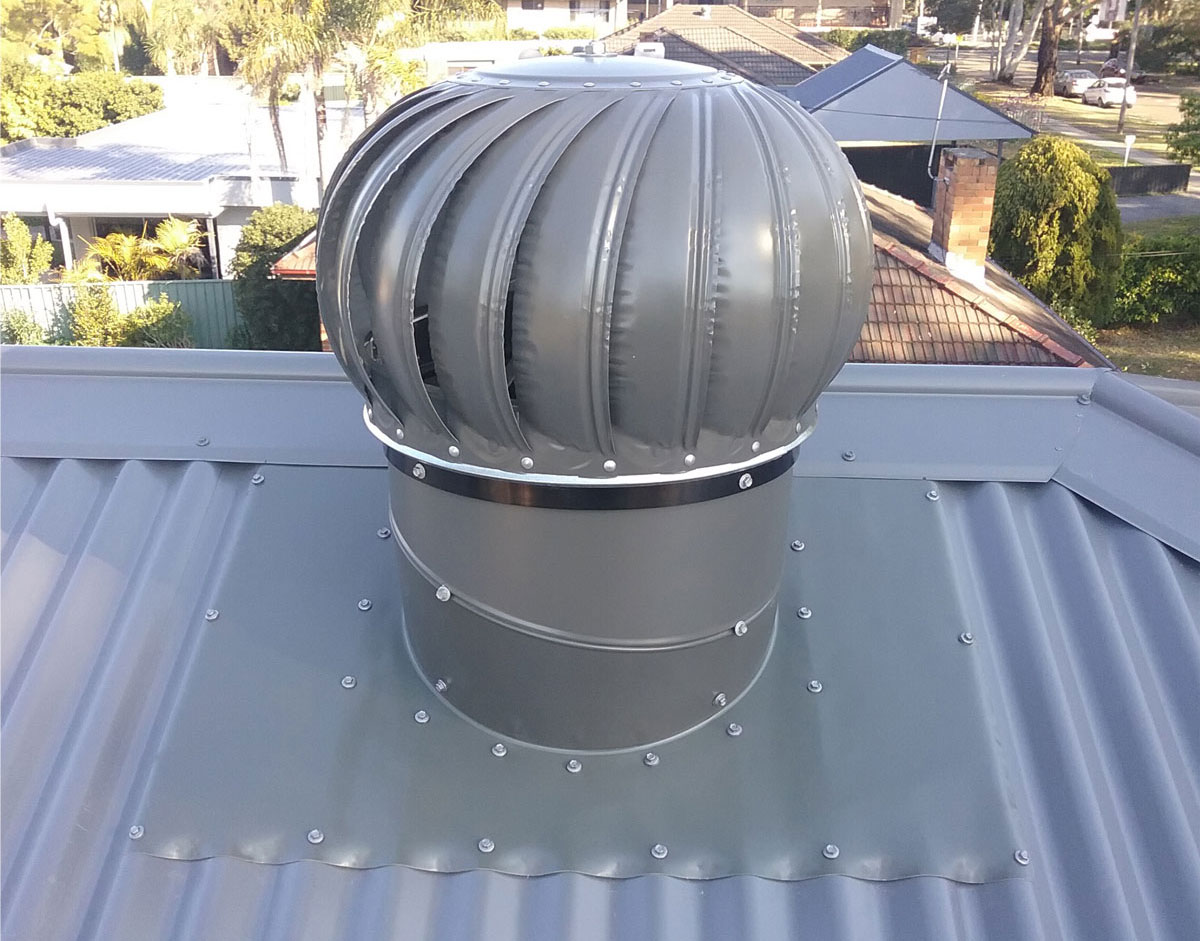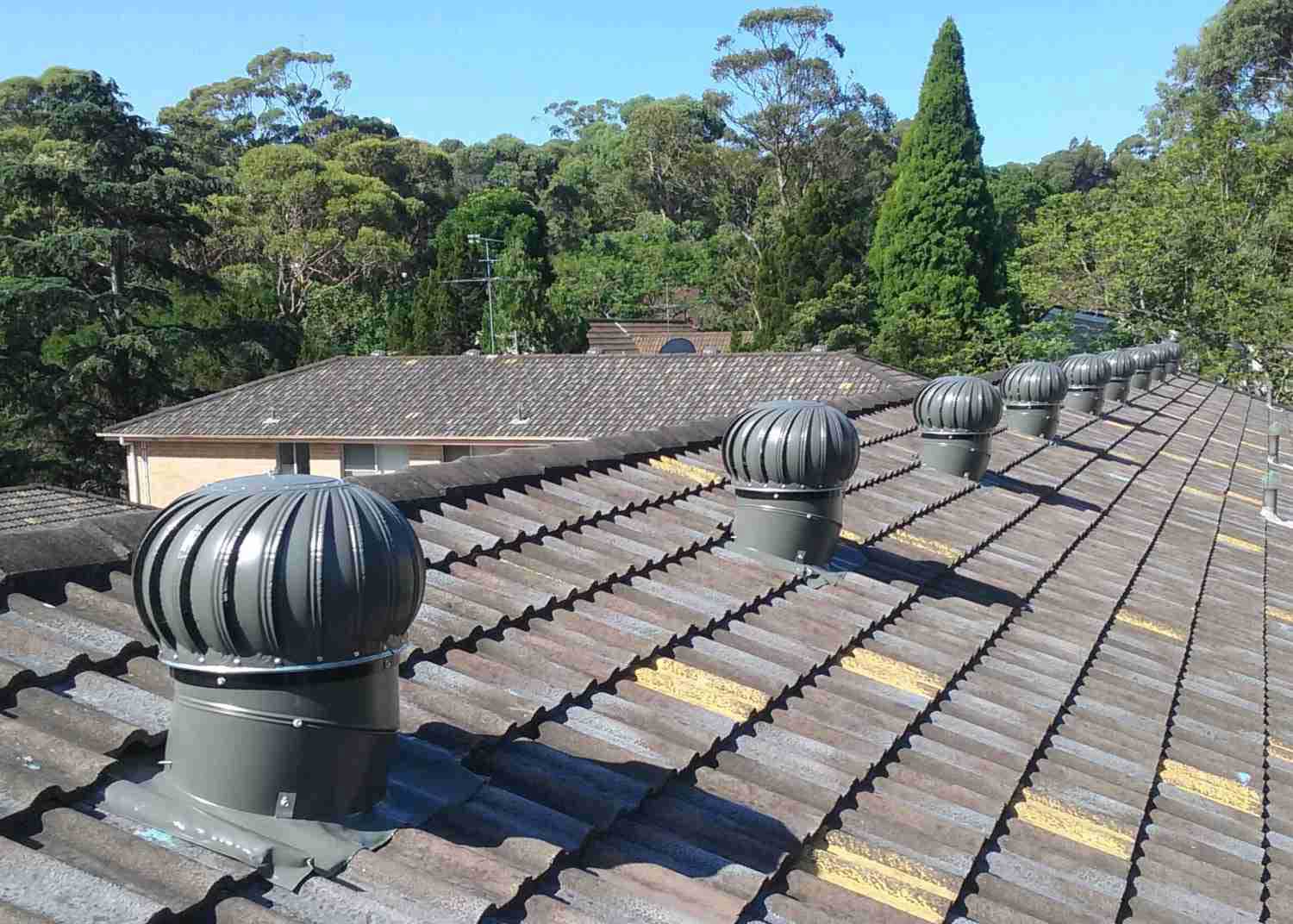Whirlybirds vs Solar Roof Ventilators: Which is Right for Your Home?

Keeping your Australian home cool, especially during summer, can feel like a constant battle for many homeowners. If you're looking for a solution to help keep your property cool while reducing energy costs, you need to try proper roof ventilation! There are two main ventilators that homeowners often choose: Whirlybirds and Solar Roof Ventilators. But which roof ventilation system is right for your home?
In this article, we'll break down the benefits of each system, how they work, and what to consider before making a choice. Whether you're looking to improve airflow, lower energy costs, or extend the life of your roofing materials, understanding the difference between these ventilators is key!
Read on to discover which option suits your home's needs! And when you're ready, explore our full range of high-performance whirlybirds.
Why Is Ventilation So Important?
Before we compare roof ventilation systems, let's understand why roof ventilation is so essential! If there isn't proper airflow in your roof cavity, hot air builds up during warm days, raising the temperature inside your home and forcing you to use air conditioning more! This not only increases your energy bills but also adds unnecessary strain on your cooling systems.
Although Australian winters are generally mild, inadequate ventilation during this season can still result in trapped moisture in the roof space. This provides the perfect environment for mould, mildew, and even structural timber rot! Over time, this can lead to expensive repairs and impact your home's structural integrity.
Effective roof ventilation is beneficial for several reasons, including regulating temperatures, removing excess moisture, and enhancing indoor air quality. It also extends the lifespan of your roofing materials and insulation by preventing damage from heat and humidity!
Roof ventilation can even affect your health! As we already mentioned, poor ventilation can lead to the growth of mildew and mould. A report by Medical News Today states that "Mould can pose a health problem, especially for people with an allergy, an existing respiratory problem or a weakened immune system." Stale, humid air can also carry pollutants and irritants, reducing your indoor air quality! Proper ventilation, such as using a whirlybird, reduces harmful build-up and allows fresh, clean air to circulate throughout your home. The result is a healthier living environment for you and your family!
What Is A Whirlybird?

A whirlybird is a wind-powered roof ventilator that is specially designed to extract hot air and moisture from your roof cavity! It can also be referred to as a turbine vent. It has a dome-shaped head with fins that spin when wind passes through them. As the turbine rotates, it creates a vacuum effect that draws warm, stale air from inside your roof and allows cooler air to replace it!
One of the biggest advantages of whirlybirds is that they operate without electricity. Once you have them installed, they run continuously and incur no operating costs. This makes them an energy-efficient and eco-friendly solution for improving airflow.
Whirlybirds are commonly used in Australian homes to reduce heat build-up during the summer months. This clever device helps to lower your interior temperatures and eases the load on air conditioning systems. They're also useful in winter for removing moisture that can lead to mould and rot!
If you have a large home, a single whirlybird might not be powerful enough. Depending on the size of your home, you can install multiple whirlybirds to improve effectiveness. Whirlybird vents are a cost-effective and low-maintenance option ideal for homeowners looking for a passive ventilation system.
What is A Solar Ventilator?
A solar roof ventilator is an electrically powered ventilation system that uses solar panels to draw energy from the sun. Unlike traditional wind-powered ventilators, solar ventilators utilise photovoltaic technology to operate an internal fan that actively pulls hot air and moisture out of the roof cavity. This makes them effective on sunny days, even in low-wind conditions!
Solar ventilators offer strong airflow performance and are often praised for their consistency and efficiency. Because they use renewable energy, they don't increase your power bills and can help reduce the strain on your cooling systems, especially during peak summer temperatures.
However, solar ventilators typically come with a high upfront cost because of the additional components and installation complexity. They also rely entirely on sunlight to function, which can reduce their effectiveness during cloudy days or in shaded roof areas!
Let's Compare Performance!
Now that we understand the functions of each of these systems, let's compare their performance. We'll examine three key areas: efficiency in heat removal, installation costs, and maintenance requirements.
Efficiency in Heat Removal
For removing heat from your roof cavity, both whirlybirds and solar roof ventilators perform well, but in different ways! Solar ventilators use an electric fan powered by a solar panel, so they can move a larger volume of air in a shorter time, particularly on hot, sunny days. This active ventilation can help you rapidly reduce the temperature of your roof cavity.
Whirlybirds, on the other hand, rely on wind to spin and create suction that draws warm air out passively. While each unit moves less air than a solar ventilator, installing multiple whirlybirds can increase overall airflow. Their performance is steady, especially in areas with consistent breezes!
For homes in high-heat zones or with poor natural airflow, solar units may have a slight edge in raw performance. However, for most standard homes, multiple whirlybirds can deliver excellent heat removal with no reliance on sunlight or electric components!
Installation Costs

Installation cost is where whirlybirds take the lead! A standard whirlybird is a lot cheaper than a solar roof ventilator, both in terms of unit price and labour. Most whirlybirds require a straightforward installation that can often be completed in under an hour, making them ideal for homeowners on a budget!
Solar ventilators need a much more complex installation. They involve mounting solar panels and electrical wiring and require a licensed professional to ensure proper setup. This adds to both the time and expense involved! While some solar models are designed for DIY installation, the process still tends to be more involved than simply fitting a wind-driven turbine.
If you're upgrading multiple vents or working with a tight renovation budget, whirlybirds are the more cost-effective option. Their simplicity means lower upfront costs and faster installation without compromising on passive ventilation performance, especially if your home is located in a breezy area!
Maintenance Needs
Whirlybirds are known for their durability and low-maintenance design. With no electrical components and few moving parts, a quality whirlybird can last for years with minimal upkeep. Occasional lubrication or cleaning may be needed, but most models are designed to operate reliably without frequent attention.
Solar ventilators, while efficient, have more complex systems. They include a motor, fan, and solar panel, all of which can wear down over time. Dust buildup on the solar panel can also reduce efficiency, and the motor may eventually need to be replaced. This makes them more maintenance-intensive compared to their whirlybirds.
Solar ventilators can stop functioning entirely during extended periods of low sunlight or if technical issues arise. Whirlybirds continue to work as long as there's wind, even if it's just a light breeze! If you are a homeowner looking for a "set and forget" solution, whirlybirds offer reliable, low-fuss performance with fewer parts that can fail over time.
How To Choose The Right One For You
Choosing between a whirlybird and a solar roof ventilator really comes down to your home's specific needs and your personal priorities. If you're after a simple, cost-effective solution that works year-round with little to no maintenance, whirlybirds are a dependable choice. They're perfect for homes in breezy areas and for homeowners who don't want to worry about ongoing maintenance.
But if you live in a hotter climate with limited wind and want maximum airflow on sunny days, a solar ventilator might be worth the higher upfront cost for you. They provide strong, consistent ventilation, which is very useful in roof spaces that trap a lot of heat.
When deciding between a whirlybird and a solar roof ventilator, consider your budget, climate, and the level of ongoing maintenance you're willing to manage. Still unsure? Contact the Twista team for expert advice on selecting the right system for your home.
Keep Your Home Cool Without Power!

Choosing the right roof ventilation solution will make a big difference in your home's comfort, energy efficiency, and your health. While both whirlybirds and solar ventilators have their strengths, homeowners looking for a simple, reliable, and budget-friendly option often find whirlybirds to be the best solution!
Whirlybirds work without electricity, relying solely on natural wind power to keep your roof cavity cool and dry. That means no extra power costs, no complicated wiring, and virtually no maintenance! This consistent airflow will reduce your indoor temperatures, protect your insulation, and prevent moisture buildup year-round.
At Twista, we offer a trusted range of high-performance, Australian-made whirlybirds designed to withstand tough weather conditions and deliver lasting ventilation. Whether you're upgrading an older system or adding ventilation to a new build, our products are built for reliability and ease.
Explore our full range of whirlybird vents and discover just how easy it is to keep your home cool, comfortable, and energy-efficient, without relying on power!